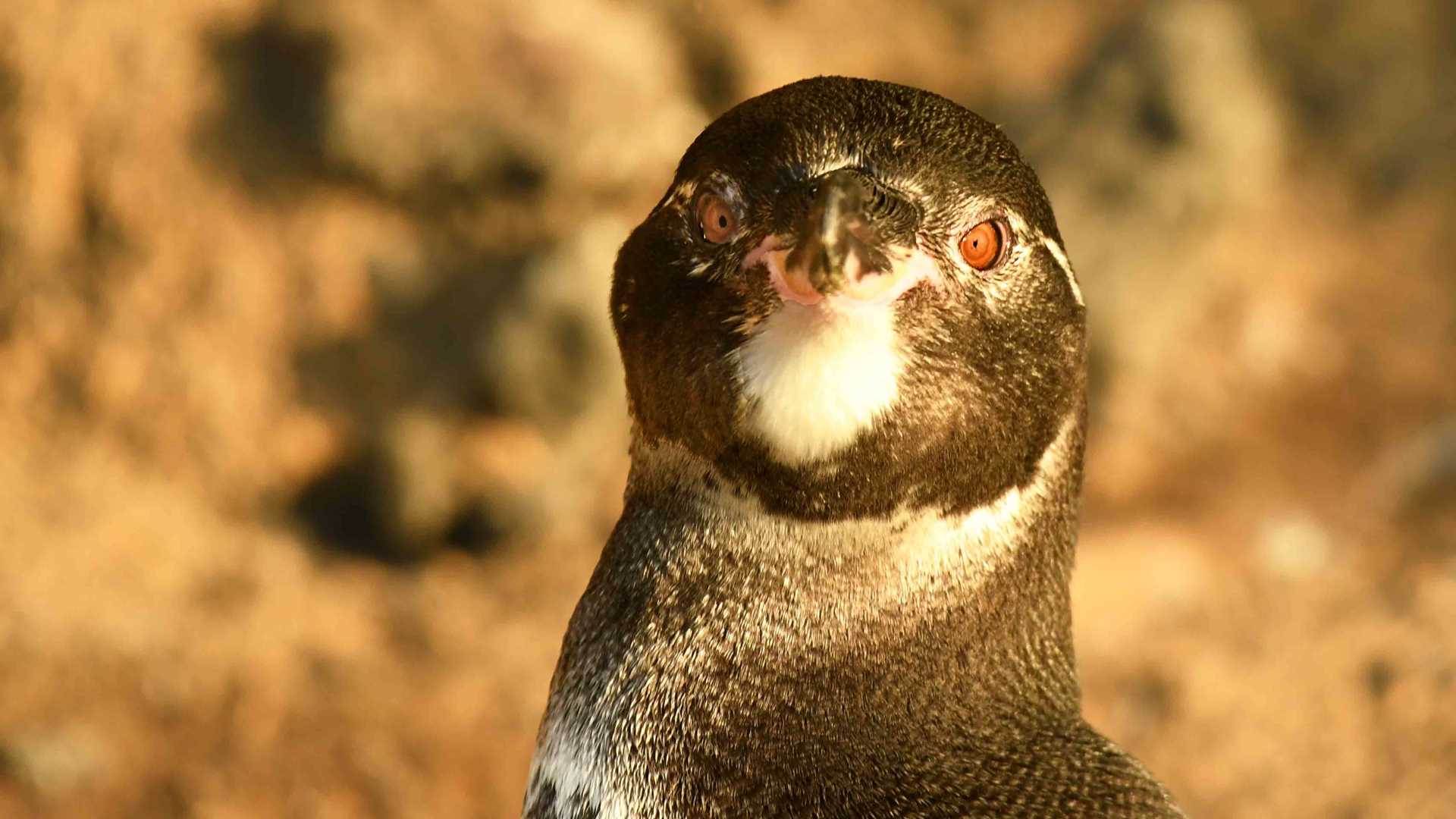The Galapagos is a unique group of islands, each one quite divers from one another. Some of these volcanic islands that emerged from the bottom of the ocean are very young, and others very old. The geology and the geography create the biology of these islands. Here you find hundreds of square kilometers of barren lava and rocks with no plants; but there, you find more soil, more humidity, and consequently more plants and land birds. On the same volcano, you find different ecosystems and many ecological niches where the flora and fauna involved in isolation from the rest of the world.
Urbina Bay at Isabela is very lush versus Fernandina. Today we are exploring a different terrain where finches, land iguanas, and giant tortoises are living, and we see them along the trail. Our intrepid guests walked around in search of these magical creatures. Lucky us! We found them and were able to take photographs as a souvenir to help us narrate our story back home.
After the walk, our young Global Explorers went swimming from the black beach that forms the bay; and later after returning to our ship, they jumped form a high deck to the water having a lot of fun.
In the afternoon, our Captain Carlos motored along the coast of Isabela, arriving to explore Tagus Cove, a legendary place visited by buccaneers and pirates few hundred years ago. They left some graffiti carved on the wall more than 200 hundred years ago.
There, we went to snorkel along the coast, and it is one of the favorite guest activities to do every day. Our guests love the moments in the water surrounded by sea lions, Galapagos penguins, flightless cormorants, sharks, marine turtles and tons of multicolor fish and sea stars. At the end, some of our guests went to walk up-hill to see Darwin Lake and explore the arid zone of Tagus, in a very invigorating hike; while others went to ride along the shoreline of the cove, on Zodiacs, to see colonies of blue-footed boobies, cormorants. and penguins. The sun came down as our incredible day ended.







